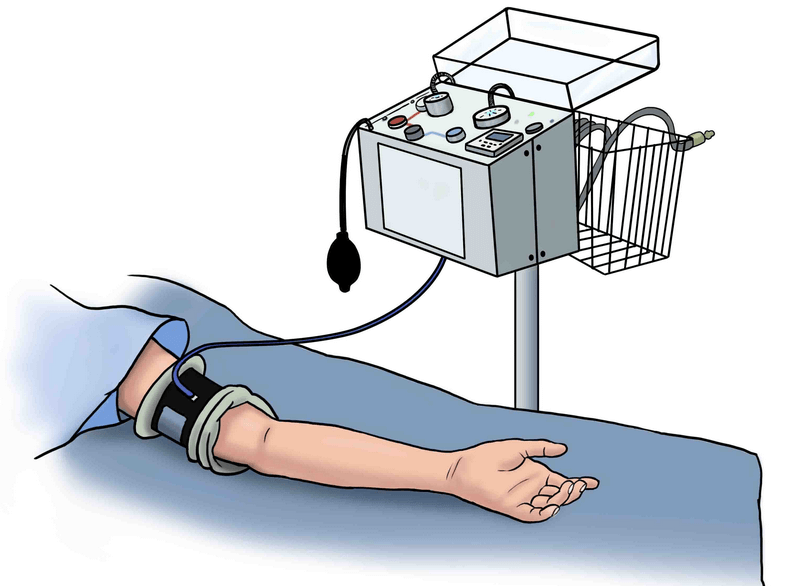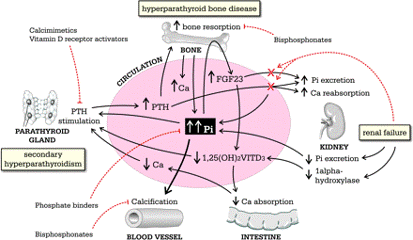Synonym: Crown of Death
Definition: Retropubic vascular anastomoses between the obturator and external iliac systems
Location: Behind the superior pubic ramus at varying distance from the symphysis pubis (range 40-96 mm)
Morphologies:
a. Arterial corona mortis (8-65% incidence):
- Obturator artery (OA) arising from External Iliac Artery (EIA)
- Obturator artery (OA) arising from Inferior Epigastric Artery (IEA) – a branch of EIA
- Anastomosis between OA and EIA
- Pubic branches of OA, without any anastomosis with EIA system
b. Venous corona mortis (40-96% incidence):
- Obturator vein (OV) which drains into External iliac vein (EIV)
- Obturator vein (OV) which drains into Inferior epigastric vein (IEV)
- Venous anastomosis of OV and EIV
c. Combined arterial and venous corona mortis
Clinical significance of corona mortis:
1. Pelvic fracture: Massive extraperitoneal hemorrhage can arise due to injury of corona mortis.
2. Femoral hernia surgery: If it is medial to the femoral ring, widening the neck of femoral hernia during surgery by releasing the lacunar ligament may cause injury to corona mortis.
3. Ilioinguinal approach: Corona mortis can be injured if the iliopectineal ligament is cut blindly or the medial lacunar ligament is overenthusiastically released to improve exposure.
Further reading (it also clarifies the use of term “accessory” and “abberrant” obturator artery): Corona Mortise- anatomical variants and implications in pelvic-acetabular surgery: An evidence based review – PMC



